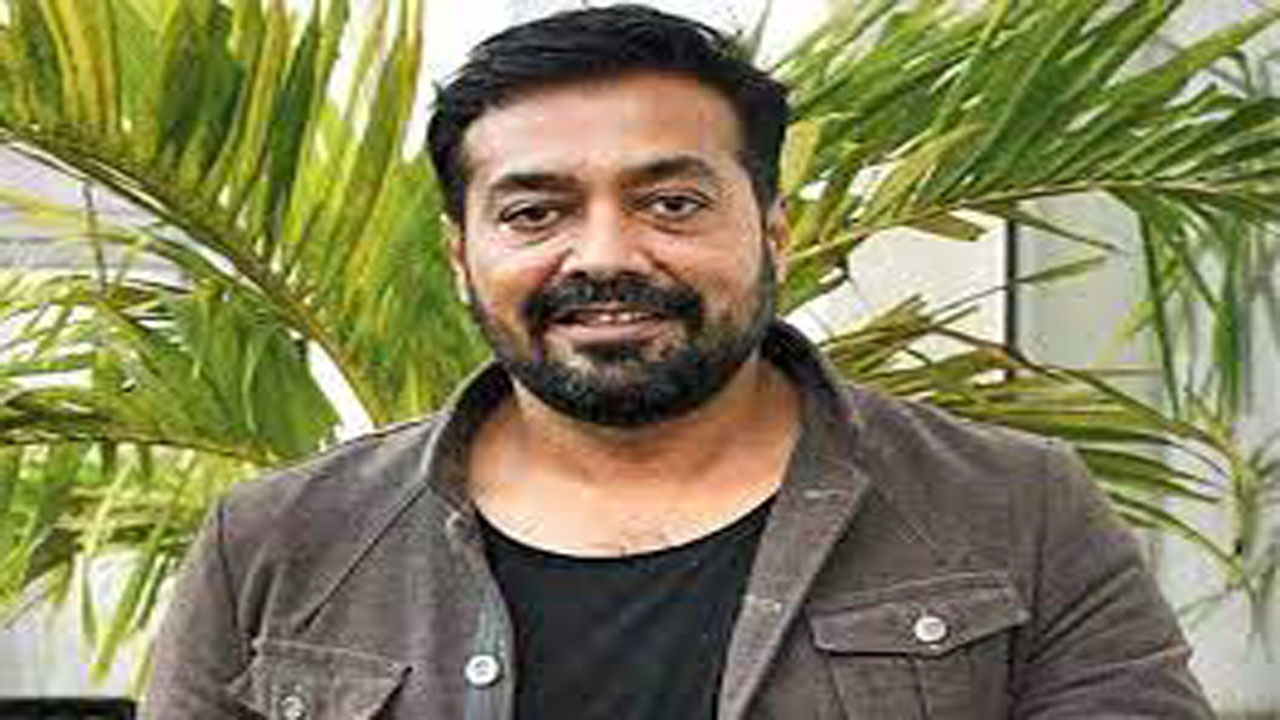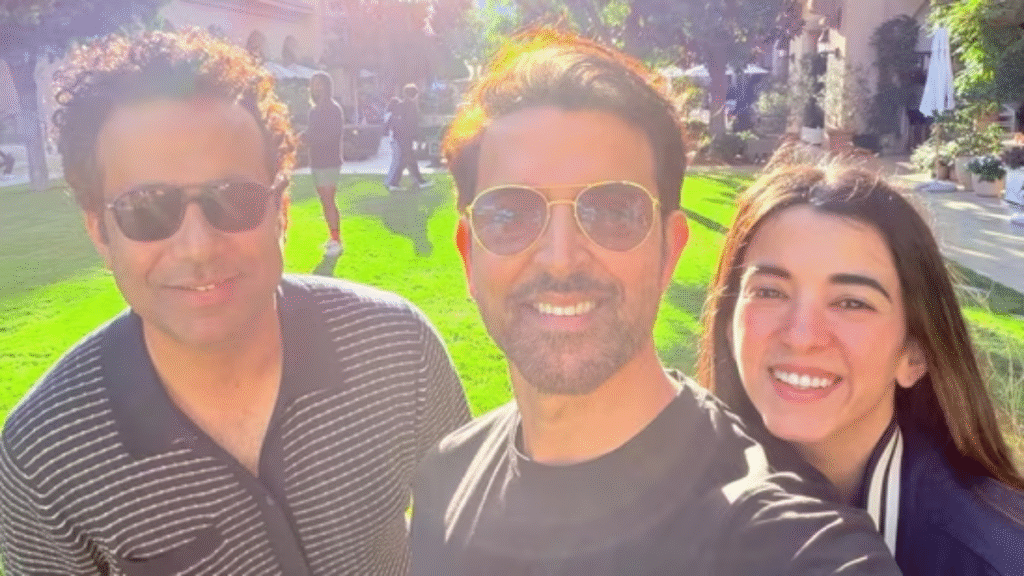Now Reading: Anurag Kashyap Slams OTT Executives For Stifling Creative Growth: “Waiting For Everybody to Fall”
-
01
Anurag Kashyap Slams OTT Executives For Stifling Creative Growth: “Waiting For Everybody to Fall”
Anurag Kashyap Slams OTT Executives For Stifling Creative Growth: “Waiting For Everybody to Fall”

Anurag Kashyap, the acclaimed Indian filmmaker known for his gritty and realistic portrayal of Indian society, has recently launched a scathing critique against the executives of Over-The-Top (OTT) platforms in India. Kashyap, known for films like “Gangs of Wasseypur” and “Ugly,” has accused these executives of prioritizing subscriber count and safe content over genuine creative expression, ultimately hindering the growth of innovative storytelling. His remarks have ignited a debate within the Indian entertainment industry about the role and responsibility of streaming platforms in shaping the future of content creation.
The Rise of OTT and Initial Optimism
The arrival of OTT platforms like Netflix and Amazon Prime Video in India was initially met with enthusiasm by filmmakers and audiences alike. These platforms were perceived as a breath of fresh air, offering a space for diverse and unconventional narratives that often struggled to find a place in traditional Bollywood. Filmmakers like Kashyap, known for their unique storytelling style, found a new avenue to showcase their work without the constraints of traditional censorship and box office pressures.
Kashyap’s Concerns: A Shift Towards Mediocrity
However, Kashyap’s recent statements reveal a growing disillusionment with the current state of OTT platforms in India. He argues that the initial promise of creative freedom has been replaced by a focus on commercial viability and risk aversion. In an interview with The Hollywood Reporter India, Kashyap expressed his concerns about the people running these platforms, stating, “They’re all from TV. They have no cinema experience. They don’t understand cinema. What is their only motive? Subscribers.”
Kashyap believes that the executives’ lack of understanding of cinematic storytelling has led to a dumbing down of content to appeal to a wider audience. He argues that the focus on increasing subscriber base has resulted in a preference for formulaic and predictable content, stifling the creativity of filmmakers who want to push boundaries and explore new themes.
The Influence of Foreign Ownership
Another point of contention for Kashyap is the foreign ownership of many of the major OTT platforms in India. He believes that these multinational corporations are more concerned with appeasing their global stakeholders than taking risks on local, culturally relevant content. This, according to Kashyap, has led to a homogenization of content, with a focus on stories that can easily translate across different cultures, often at the expense of nuanced and authentic Indian narratives.
The “Fall” and a Potential Reset
Kashyap’s frustration with the current state of affairs is evident in his statement, “I’m waiting for everybody to fall.” He believes that the current model of OTT platforms in India is unsustainable and that a correction is inevitable. He hopes that this “fall” will lead to a reset, creating an opportunity for a new generation of filmmakers and executives to emerge, who prioritize creativity and innovation over commercial interests.
A Wider Debate: Creative Freedom vs. Commercial Viability
Kashyap’s comments have sparked a wider debate within the Indian entertainment industry about the balance between creative freedom and commercial viability. While OTT platforms have undoubtedly provided a platform for new talent and diverse stories, there is a growing concern that the pursuit of subscriber growth and profitability is stifling innovation and leading to a homogenization of content.
Some argue that OTT platforms have a responsibility to cater to a wide range of tastes and preferences, and that commercial considerations are necessary to sustain their business models. Others believe that these platforms have a unique opportunity to nurture and promote artistic expression, and that they should prioritize creative freedom over short-term financial gains.
The Future of OTT in India
The future of OTT platforms in India remains uncertain. However, Kashyap’s critique has brought to the forefront important questions about the role of these platforms in shaping the future of entertainment. As the industry continues to evolve, it is crucial to find a balance between creative freedom and commercial viability, ensuring that OTT platforms continue to be a space for innovation and diverse storytelling.
In Conclusion
Anurag Kashyap’s critique of OTT executives in India highlights a growing concern within the entertainment industry about the direction of streaming platforms. His call for a “fall” and a subsequent reset reflects a desire for a more creative and artist-driven approach to content creation. While the future of OTT in India remains to be seen, Kashyap’s words serve as a reminder of the importance of prioritizing artistic expression and innovation in the ever-evolving world of entertainment










